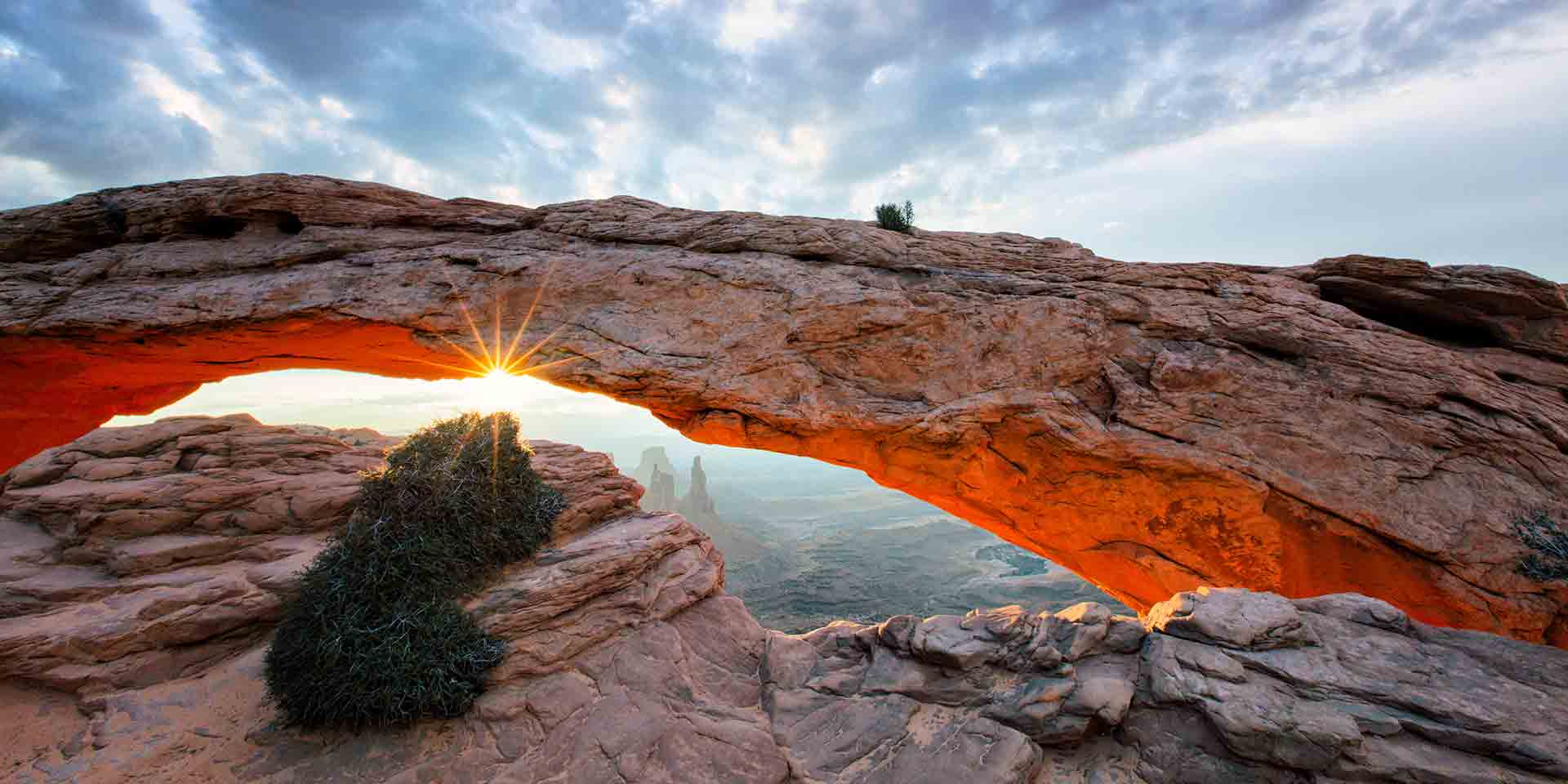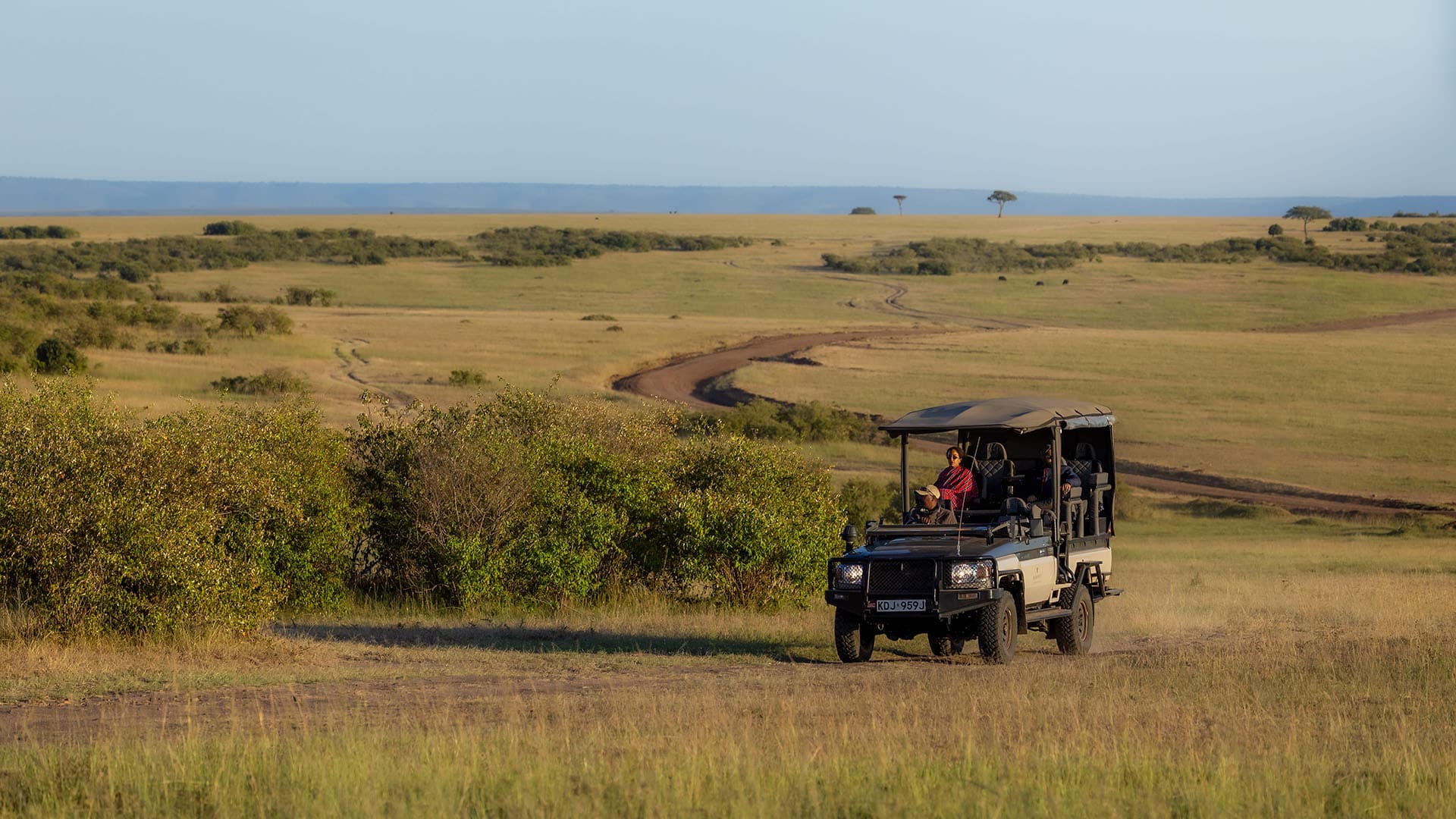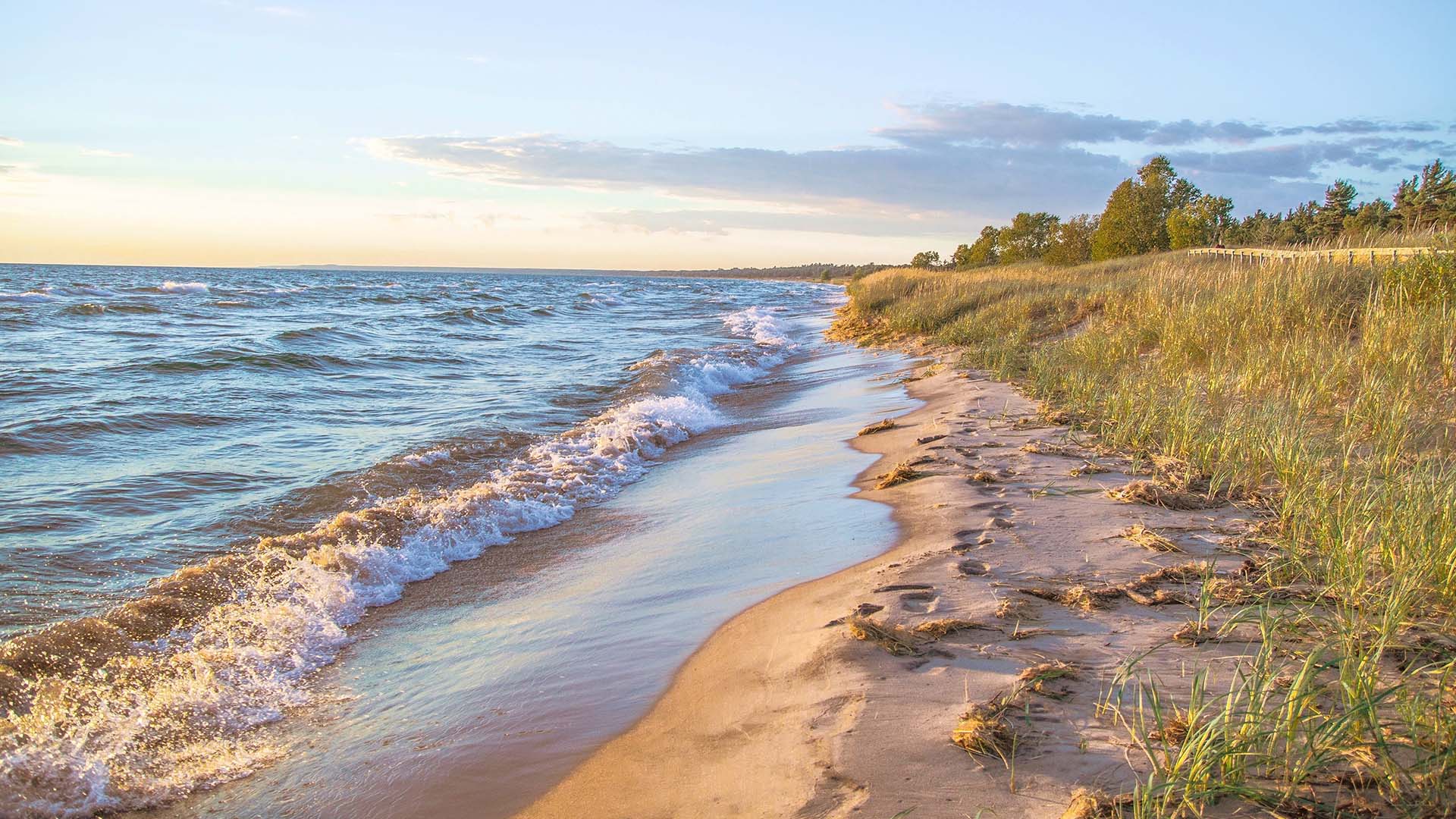
Canyonlands National Park (Photo: Alamy)
National ParksFrom Sea to Shining Sea: 20 Unforgettable U.S. National Park Sights
By Hal AmenCanyonlands National Park (Photo: Alamy)
From the frigid peaks of Gates of the Arctic’s Brooks Range, to the subtropical wetlands of Florida’s Everglades. From the below-sea-level simmer of California’s Death Valley, to the mist lifting off the ridges of Shenandoah in Virginia. From glaciers to mangroves to waterfalls to canyons to towering forests—if you visited all 59 of America’s national parks, you would have a pretty thorough understanding of our planet’s geology and ecology.
Many of these park names may be familiar to you. Some you may be hearing for the first time. But whether they see 10 million annual visitors (Great Smoky) or barely a 1,000 (Kobuk Valley), all are worth a trip. Here’s some inspiration to get you planning.
Canyonlands National Park
Just south of Moab and the more recognized Arches National Park, Canyonlands also features some impressive sandstone arch formations, as well as canyons of monumental scale, carved by the Colorado and Green Rivers.
Wrangell-St. Elias National Park
The largest park in the country, Wrangell-St. Elias lies in a corner of southern Alaska, adjacent to the Yukon’s Kluane National Park just over the border. Its 20,000 square miles make for a whole lot of potential exploration; pictured above is a hiker on the Skookum Volcano Trail.
Shenandoah National Park
Encompassing a long strip of both the Blue Ridge Mountains and adjacent Shenandoah River Valley, this Virginia national park gets super popular during the fall, when leaf peepers arrive to complete the 105-mile Skyline Drive.
Yellowstone National Park
The world’s first national park is also one of its most unique and well visited. The 3,400 square miles of Yellowstone hold geysers, mountain lakes, forests, river canyons, waterfalls, and many threatened species. Above is an aerial shot of the Grand Prismatic Spring, the third-largest hot spring in the world.
Death Valley National Park
Low and hot—Death Valley is home to both the lowest elevations and hottest temperatures in the US. But the landscape in this part of California is actually incredibly diverse, ranging from saltpans like the Devil’s Racetrack, pictured above, to snow-capped mountains reaching 11,000ft.
Congaree National Park
I had honestly never heard of this park prior to researching this piece, but after reading up, I totally want to go. Congaree protects a vast tract of marshy hardwood forest along the river of the same name just southeast of Columbia, South Carolina. Its old-growth cypress trees are some of the tallest in the American East.
Bryce Canyon National Park
Bryce sits in southern Utah and features a massive collection of natural amphitheaters covered in rock formations known as hoodoos.
Great Smoky Mountains National Park
Named for the largest of its three signature peaks, Grand Teton National Park also contains lakes, forest, and a section of the Snake River. It sits just south of Yellowstone in western Wyoming, and together they represent one of the largest protected ecosystems in the world.
Olympic National Park
Covering nearly a million acres on the peninsula of the same name in northwestern Washington, the terrain of this park is super variable, ranging from Pacific coastline to alpine peaks to temperate rainforest.
Glacier Bay National Park
There are no roads leading to this park in southeastern Alaska, so your choices for getting there are: by raft via the Tatshenshini and Alsek Rivers (from Canada), by plane (usually out of Juneau), or, most commonly, by cruise ship.
Great Sand Dunes National Park
One of the country’s newest national parks (designated in 2004), Great Sand Dunes lies in the San Luis Valley of southern Colorado. Featuring the tallest sand dunes on the continent, backed by multiple 13,000ft mountains, this is also one of the few places in the country where you can try sandboarding.
Yosemite National Park
The central draw of Yosemite is the 7-square-mile valley of the same name, with its glacially carved peaks, sequoia groves, and spectacular waterfalls. To beat the crowds, get out and explore some of the other areas in this massive park in the Eastern Sierras.
Arches National Park
This aptly named park in eastern Utah, just north of Moab, is home to some 2,000 sandstone arches that come in all shapes and sizes. Above is one of the most photographed, Delicate Arch.
Kings Canyon National Park
Like Sequoia National Park next door, Kings Canyon is home to some seriously massive trees. Seen above is a stout ponderosa pine on the Bubbs Creek Trail.
Gates of the Arctic National Park
As its name suggests, this is the northernmost park in the US, and is also one of the largest. Its predominant geographic feature is the Brooks Range. With zero road access, you have to hike or fly in, but once there, you’ve got pretty much an endless list of wilderness hiking and camping options.
Big Bend National Park
Expansive desert plains, 7,800-ft mountains, and high Rio Grande canyons (Santa Elena Canyon shown above) define Big Bend National Park in western Texas. It’s also distinguished as an International Dark Sky Park, marking it a great place for stargazing.
Denali National Park
As far as views from the visitor center go, this one is pretty spectacular. The 6 million acres of Denali, in central Alaska, include the highest section of the Alaska Range (with the peak that gives the park its name), glaciers, river valleys, and abundant wildlife such as grizzly bears, caribou, gray wolves, golden eagles, wolverines, and Dall sheep.
Everglades National Park
Preserving one of the most significant wetland ecosystems anywhere in the world, southern Florida’s Everglades protect rare species such as the Florida panther and American crocodile. The water in the park is actually an enormous river that runs from Lake Okeechobee to Florida Bay at a speed of about a quarter mile per day.
Grand Canyon National Park
For the past several million years, the Colorado River has been slowly but steadily grinding its way through the rock of the Colorado Plateau in northern Arizona. Reaching a width of 18 miles and a depth of 6,000 feet, the Grand Canyon is on a scale of few other places on Earth.
This article was published through a partnership with Visit the USA, inspiring travelers to explore America’s boundless possibilities.







